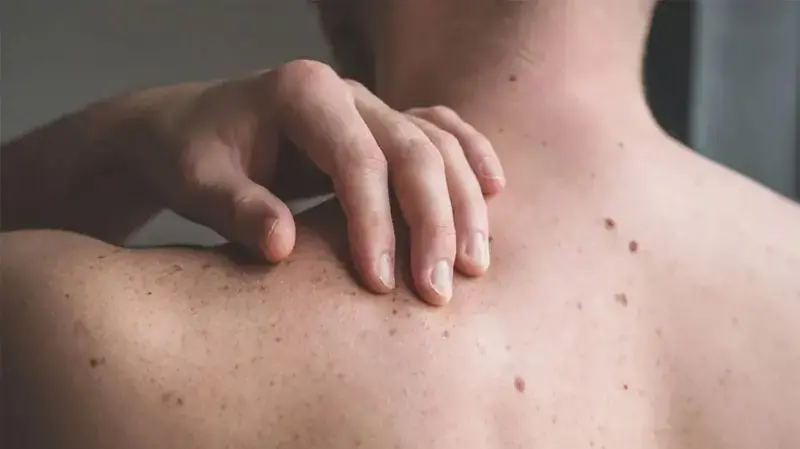Skin health encompasses a wide range of concerns, from temporary irritations to chronic conditions that require ongoing attention. Recognizing changes in the skin may encourage someone to seek guidance about possible causes. Exploring different management strategies allows individuals to find approaches that suit their needs. Here are a few symptoms and treatment options for various skin conditions:
Eczema Symptoms and Management
Eczema can present as red, inflamed patches of skin that often feel itchy and uncomfortable. Small bumps may form in affected areas, sometimes leading to crusting if the area is scratched. These flare-ups are most common on the face, neck, elbows, and knees, but can also develop on other parts of the body. Dryness often accompanies flare-ups, leaving the skin feeling rough and tight. Many people find that itching worsens at night, which can interfere with sleep and daily routines.
Managing eczema often involves maintaining skin hydration and identifying personal triggers that exacerbate the condition. Regular use of moisturizers helps support the skin barrier and may alleviate discomfort. Some people work with providers to explore additional care options tailored to the severity and needs of the skin conditions. Avoiding irritants such as harsh soaps, synthetic fabrics, or stressors may help reduce flare-ups. Triggers differ from person to person, so observing patterns can help create a more personalized approach.
Hives Identification and Treatment
Hives appear as raised, red welts that may shift in shape and location over a short period. These welts often cause itching and can sometimes burn or sting, creating noticeable discomfort. Acute hives typically resolve within days or weeks, whereas chronic hives may persist for six weeks or longer. The size of welts can range from small spots to large patches across the skin. Swelling, known as angioedema, may also occur around soft tissues such as the lips or eyes and usually fades without intervention.
Approaches to easing hives often focus on managing symptoms and recognizing personal triggers. Cool compresses help soothe irritation, and some people use medications under the guidance of a provider. Because hives vary widely in severity and duration, tracking possible contributing factors can be helpful for prevention. Common triggers include:
- Certain medications
- Foods such as shellfish or nuts
- Physical factors like heat or pressure
- Stress or emotional factors
- Infections
Professional Evaluation and Care
Dermatologists and allergy specialists typically begin diagnosing skin concerns with a physical examination and a review of the patient’s medical history. Testing methods, such as patch tests or blood work, may be used to help identify allergens or other contributing factors. This information provides a clearer picture of what may be driving the symptoms.
Treatment approaches are typically tailored to individual needs, considering both symptoms and lifestyle factors. Education plays a key role, equipping patients with the knowledge to manage their daily care effectively. Because many skin conditions require consistent attention rather than short-term fixes, follow-up visits help track progress and adjust treatment as needed.
Explore Skin Conditions Options
Managing skin conditions often takes time, consistency, and a willingness to adjust approaches as symptoms change. Because treatments may take weeks to show full results, tracking flare-ups and potential triggers, such as stress, weather shifts, or product use, can provide valuable insights. Partnering with a qualified healthcare provider adds another layer of guidance, helping you navigate options and develop a plan that suits your specific situation.









